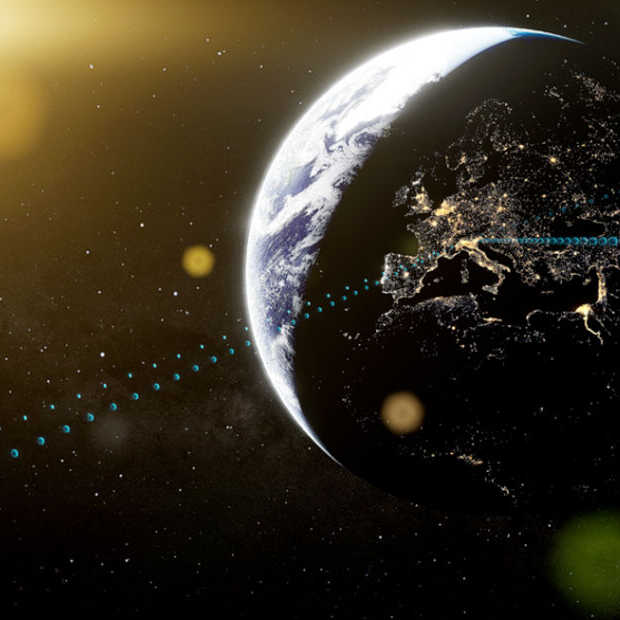The European Aviation Organization (ESA) has an ambitious new plan. It is called Project Solaris and means that electricity is being supplied to Earth from space by satellites. This is totally green electricity.
ESA Solaris
ESA plan is solaris Prepare for a possible decision in 2025 on a full development program for solar power from space. This way we can get clean energy from space in a good way. The European Space Agency writes: “With a limited initial investment, we will carry out studies and technology developments in partnership with European industry to validate the technical feasibility and assess the benefits, implementation possibilities, commercial opportunities and risks of solar energy from space as a contribution to the decarbonization of Earth’s energy supply.”
In doing so, Europe undertakes to take into account the environment, health and safety, as well as the space regulations and policies we have on Earth. The ultimate goal is to ensure that Europe is at the forefront of the race for good clean energy solutions against global warming. She not only wants this to congratulate herself, but also because she sees that the cost of fossil energy has skyrocketed due to the war in Ukraine, which makes a new, green way of generating energy even more urgent.
Solar Panels
The plan is as follows: solar panels will be placed in space (in the form of satellites) and will then be able to receive sunlight 24 hours a day. This should be a very reliable and stable system, according to the European Space Agency. Energy is not just collected, but thanks to these satellites it is transmitted wirelessly to Earth. This is of course not possible with the current satellites in the air: new satellites will be put into Earth orbit for this purpose. This is unfortunate, because installing it is not sustainable at all. This means several launches that emit a huge amount of carbon dioxide.
On the other hand, the ESA has of course promised to take all kinds of things into consideration, so no doubt they will be considered as well. Moreover, it is still a rather wild plan: it will take another 2.5 years to properly check what is possible and how feasible it is. It is following the same path that NASA has taken in recent years. Don’t invent the wheel yourself, but rather involve the business community, who also generally contribute money to these types of projects, in addition to innovations and inventions of course. Companies such as Engie and Enel, among others, are involved. As far as we know, no Dutch companies or universities are participating, but they may participate later.
A new space race
Research has yet to begin and that means it’s not clear at this time if the whole plan is ever feasible. However, investing in research is already a step forward. From developing satellites to installing them, from capturing sunlight to providing vital energy: it’s a huge undertaking, but the stakes are high. For power supply, radio frequency radiation is considered, for example, as well as laser beams or sunlight reflection.
Many other countries are now also working on this potential form of energy generation and supply, so the question is whether it is smart to do it all separately, or to maintain a halo-like way of working and sharing knowledge. On the other hand, everything related to space always ends in a space race, and that will no doubt be the case here as well. As long as it turns out to be a race we are all winners.
Laura Jenny
When she is not clicking, she is traveling around the wonderful world of entertainment or a wonderful place in the real world. Mario is the man of her life…

“Total coffee specialist. Hardcore reader. Incurable music scholar. Web guru. Freelance troublemaker. Problem solver. Travel trailblazer.”









More Stories
Brabanders are concerned about climate change.
The “term-linked contract” saves space on the electricity grid.
The oystercatcher, the “unlucky national bird,” is increasingly breeding on rooftops.